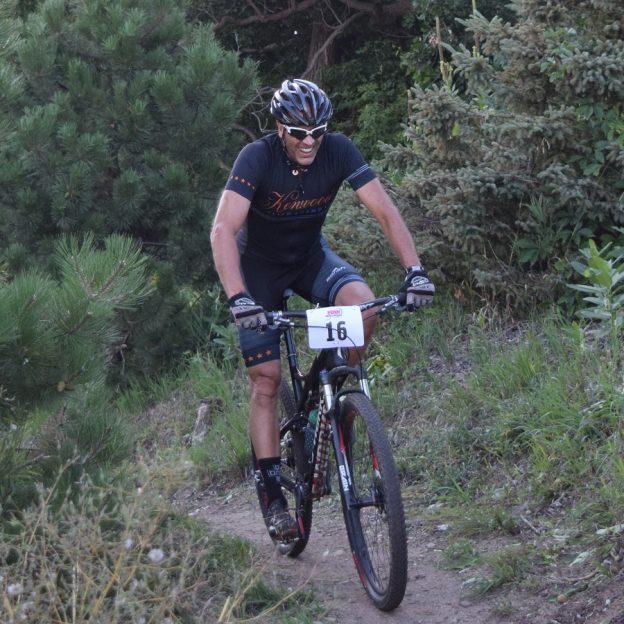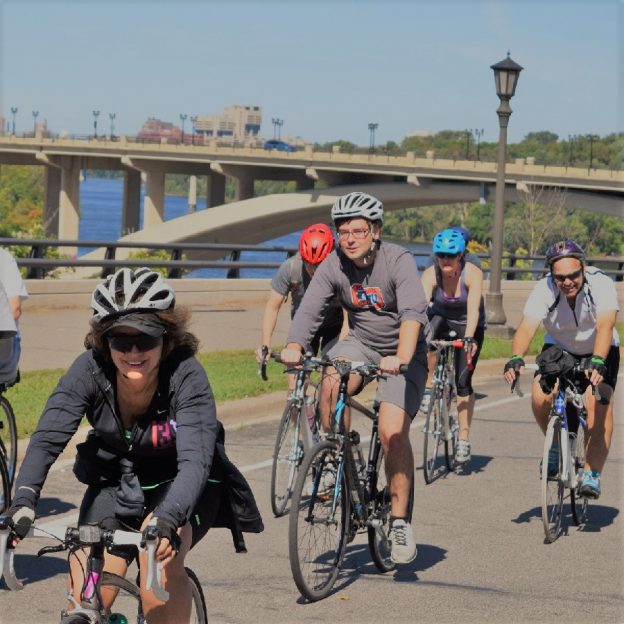Tag: suspension setup
-

Suspension Setup For Your Smoothest, Fastest, and Best Ride Ever
Most mountain bikes today are coming equipped with a suspension fork, many offer suspension for both the front and rear wheel. Additionally, the technology being employed in these suspension systems has become truly amazing. However, as assume as a suspension is it does nothing unless setup correctly. Read on to learn how the right suspension…

